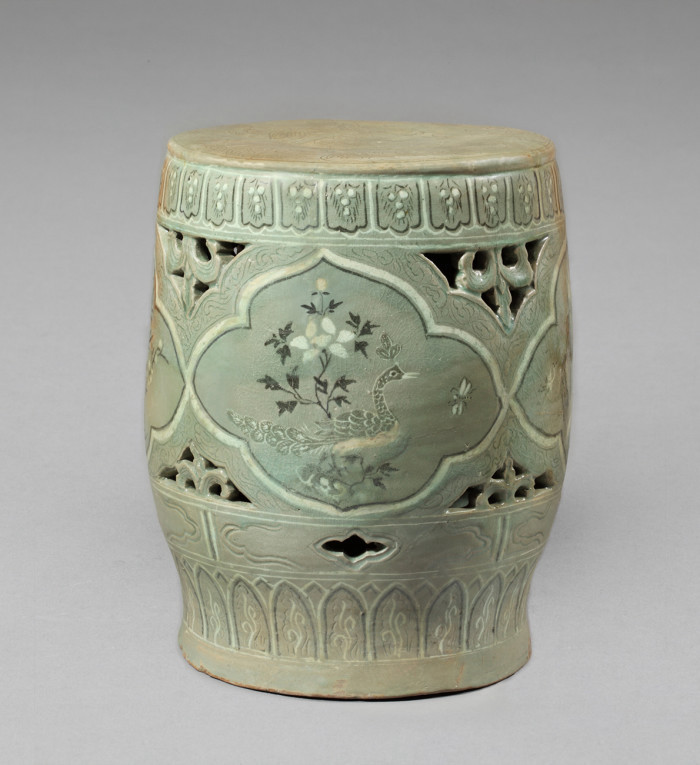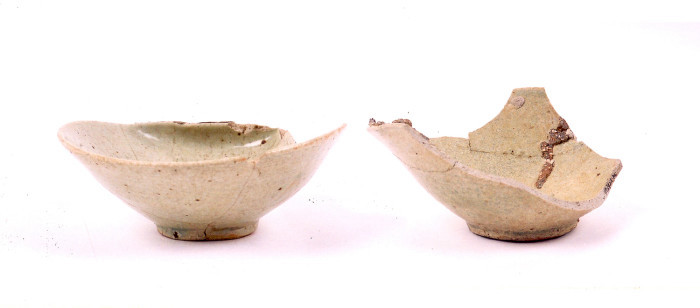GyeongGi Cultural Foundation
Where new began, Gyeonggi
The 2020 Joongbu Ilbo series 〈Gyeonggi-do Museum〉 is a content produced in a total of 10 series by the GyeongGi Provincial Museum, which has undergone a complete reorganization of the exhibition hall in celebration of the 25th anniversary of its opening. If you would like to see more detailed 〈Gyeonggi Province Museum〉, you can enjoy it in the original text on the Jungbu Ilbo website. |
Gyeonggi, where new began
While the names of many provinces in Korea are made by combining the front letters of the representative towns in the region, Gyeonggi Province itself has a meaning of a region encompassing the capital and surrounding areas. Since “Gyeonggi” appeared in the 9th year of King Hyeonjong of Goryeo (1018), the Gyeonggi-do between Korea and Joseon has been in a relationship for 1,000 years because it is inseparable from the capital. There was a good reason for modifiers such as the center of the Korean peninsula, the land of the Korean peninsula, and a key point for transportation and military, which are often followed before the GyeongGi.
In addition, the Gyeonggi region was a place where exchanges with the world were made through the developed maritime transport in the West Sea. Exchanges through the sea from the Three Koreas and the Three Kingdoms era became more active when Goryeo entered. This was a natural result because it was founded by a baron who accumulated wealth through maritime activities in Kaesong, close to the west sea.

[Photo] Korea National Geographic Information Institute in the world map.
This is a map of Hondius' Asia, produced around 1641. Korea, which refers to Korea, originated in Goryeo, and Goryeo, which had exchanges with various countries, was introduced as Cowley and Solanga in Marco Polo's 『The Book of the East』 published around 1300.
Gaegyeong and Gyeonggi, which were connected to the country by land and outside the country by sea, have become'early-adopters' in these days. New cultures, customs, cultures and technologies were first introduced to Gaegyeong and Gyeonggi. Accepting new things and making them yours.
Celadon and white porcelain were made unique to Goryeo with the porcelain-making technology passed down through China, and were mainly used in Gaegyeong and Gyeonggi. The Tripitaka Koreana was produced by importing the Tripitaka Koreana of Song and Giran and comparing it with domestic and foreign scriptures. Also, by developing printing technology, he invented the world's first metal type. And all of this spread across the country and became Goryeo culture.

[Photo] Celadon inlaid flower and bird pattern chair.
It is a celadon chair decorated with various patterns on a cylindrical body by means of openwork, inlay, relief, and intaglio. It is a work that shows the unique and refined level of Goryeo celadon.
◇ Cheonha Jeil, Goryeo Celadon
Around the 10th century, Goryeo adopted Chinese manufacturing techniques and began making celadon. The first place to start is the west coast area centered on Gyeonggi. In Wonsan-ri in Baecheon in Hwanghae-do, Wonheung-dong in Goyang, Seori in Yongin, and Bangsan-dong in Siheung in Gyeonggi-do, they mainly produced tea-related bowls that were popular as a Buddhist culture at the time.
Celadon was used in the royal family, government offices, and temples in Gaegyeong and Gyeonggi Province, and demand increased. Around the 11th century, the center of celadon production moved to Gangjin and Buan, Jeolla-do, and production technology was also developed. The colorless celadon produced in the 12th century was praised as the “first in the world,” second only to that of China. Also, in the 13th century, the unique inlaid celadon of Goryeo was popular, and it became a world-class ceramic.
Along with white porcelain in Zhengzhou, Goryeo's bicolor is the first in the world. These are things that you can't do even if you try to copy them elsewhere. -Song Dynasty's book 『Sujunggeum』

[Photo] White porcelain bowl.
It is a bowl excavated from the Gamat in Jungam-ri, Yeoju, where you can gauge the process of the occurrence and change of Goryeo white porcelain. It was baked by supporting 4 places of white refractory soil on the ground surface of the haemuri heel.
◇ Goryeo white porcelain started with celadon
White porcelain was imported and used from China even during the Three Kingdoms period, but it was during the Goryeo Dynasty that we started making and using our own hands. The technique of making white porcelain came into consideration when the method of making celadon was introduced. In the early kilns in the Gyeonggi area, celadon and white porcelain were made together. Then, kilns that mainly produce white porcelain such as Yongin Seori and Yeoju Jungamri also appeared. Initially, it was made into a tea bowl, but in the Gyeonggi area, more sophisticated white porcelain was produced. White porcelain was used for royal and local rites.
The royal family, government offices, and temples of Gaegyeong and Gyeonggi continued to use white porcelain, but in small amounts. Goryeo also imported white porcelain from Chinese pine. Then, around the 12th century, in Gangjin and Buan, Jeolla-do, the technique of making white porcelain was developed to make beautiful porcelain that reveals the characteristics of Goryeo.

[Photo] Chojo Daejanggyeong Hwaeomgyeong Volume 1 National Treasure No. 256
It is an early Great Tripitaka Koreana created to defeat the Georan invasion during the reign of King Hyeonjong of Goryeo (1011~1031). It was made on the basis of the Tripitaka Koreana imported to Goryeo and was made during the period of repatriation to North China. It is the only book that remains in Korea among the first wooden prints, and is an invaluable document that allows you to examine the appearance of the Tripitaka Koreana recorded in the 11th century. It shows well the Goryeo printing that reached the highest level.
◇ World's best printing culture
Printing culture, which developed along with the tradition of Buddhism in the Three Kingdoms period, reached its climax with the invention of metal type in Goryeo. Among them, Gyeonggi is the center of printing, where the Tripitaka Koreana woodblocks and metal type were produced.
The Tripitaka Koreana was made twice in Goryeo. When the Qur'an invaded, the Chojo Tripitaka Koreana and Chojo’s Tripitaka Koreana, made to prevent this by the power of Buddhism, burned out due to the Mongol invasion. The Tripitaka Koreana of Haeinsa Temple, registered as a UNESCO World Heritage Site, is the Tripitaka Koreana of Jaejo.
In addition, books related to agriculture and medical books such as “Hyangyak First Aid Room” were made out of woodblocks and distributed throughout the country, greatly helping the lives of ordinary people.
Metal type was invented at the beginning of the 13th century and was widely used in Gaegyeong and Gyeonggi, and then gradually spread to the provinces until the end of Goryeo. It was possible to print quickly while saving time and cost compared to wooden boards. Until now, a small amount of metal type in Goryeo Dynasty was found only in Kaesong.
- Sohee Lee (Curator, Gyeonggi Research Institute of Cultural Heritage) -
<Copyright(c)2002 GGC All rights reserved.>
- Writer
- GyeongGi Cultural Foundation
- About
- Everything about the GyeongGi arts and culture, GGCF
- homepage
- https://www.ggcf.kr/